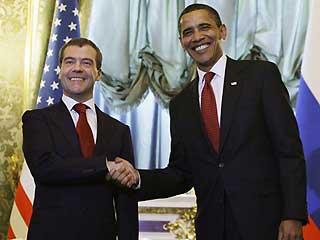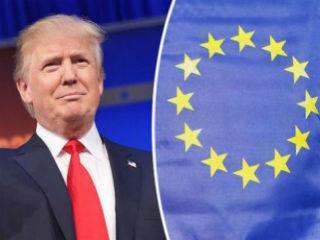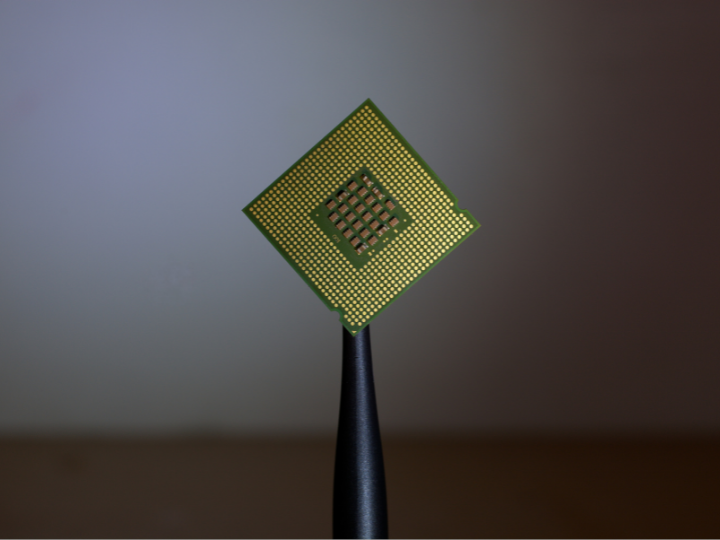The pact also commits the old Cold War adversaries to new procedures to verify which weapons each country possesses. By signing this treaty Obama formalised a step toward the vision he laid out in the same historic city a year ago, of a world without nuclear weapons.
A journalist of the Washington Post reported that when Obama and Medvedev started the ceremony, they exchanged amused glances as if to say: “this is not so hard”. This understanding each other was probably the result of their private meeting an hour before the signing. “Together we have stopped the drift and proven the benefits of cooperation. This day demonstrates the determination of our countries, holding over 90% of the world’s nuclear weapons, to pursue responsible global leadership’, told the US President reporters after the signing.
The treaty, called New START (an extending of the first expired STrategic Arms Reduction Treaty) imposes new limits on ready-to-use long range nuclear weapons and pledges to reduce the two biggest nuclear arsenals in the world. Both countries will be limited to 1.550 of these weapons in addition to the other parts of their nuclear stockpile.
Some Republican US Senators have raised questions about the treaty’s impact on the American nuclear deterrent. The White House is now pushing for ratification of the new treaty before the end of the year, fearing that the Democrats will loose their majority in the Senate in the upcoming November elections.
Six days after Prague, on April 13, Obama and Medvedev met again. This time in Washington DC (US) for a global Nuclear Security Summit attended by 37 government leaders as well as delegations from 10 other countries. The US President persuaded the 46 countries to sign on to a plan to put the world’s nuclear material beyond the reach of terrorists within four years. However, the commitments are voluntary and experts said reaching that goal will be difficult.
The US wants to try to prevent the world’s non-proliferation system from collapsing. A key conference will be held in May on strengthening the Non-Proliferation Treaty, which has long restrained countries’ nuclear ambitions but has been flouted in recent years by Iran and North Korea.
All these ‘ant-nuclear activities’ organised by the US are part of Obama’s ‘nuclear spring’, a broad initiative to revive US arm control efforts and elevate the role of international treaties in US nuclear weapons policy. It brings back the United States in a leading global role ignored during the Bush era.
Obama’s war against nuclear weapons: a new START and a 47-nations anti-nuclear pact
In Prague (Czech Republic) on April 8, US President Obama and Russian President Medvedev signed a sweeping new nuclear arms reduction pact that pledges to reduce the stockpile of deployed, strategic nuclear weapons in both countries.


US President Barack Obama won in one week two battles in his war against nuclear weapons.




